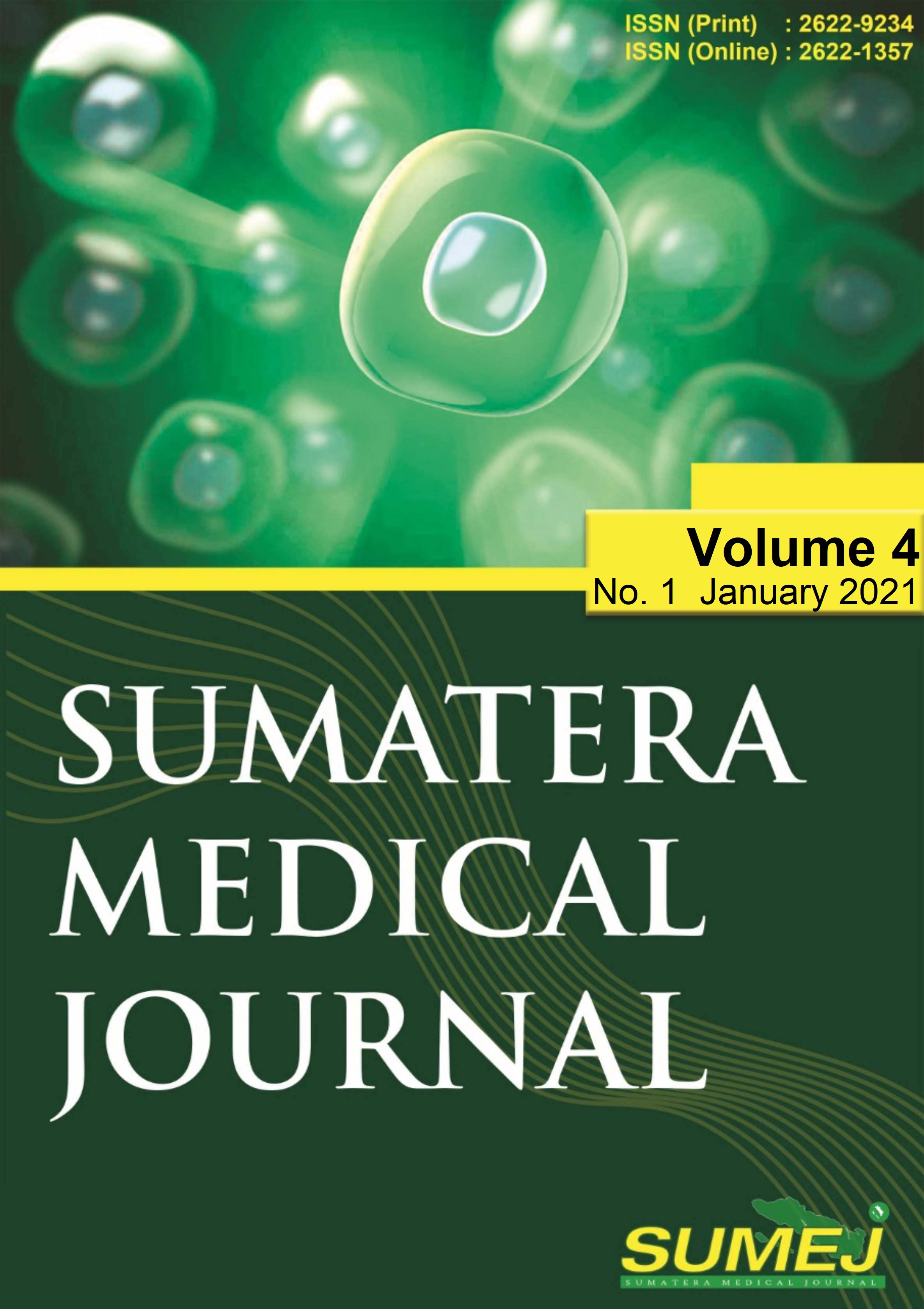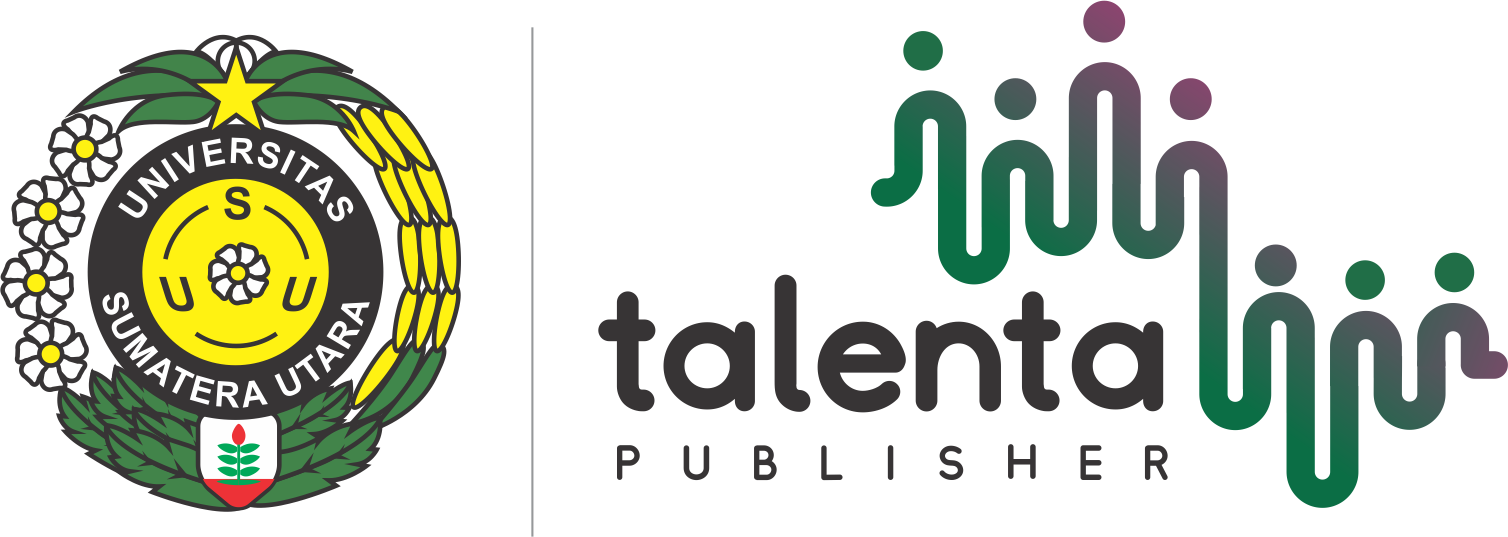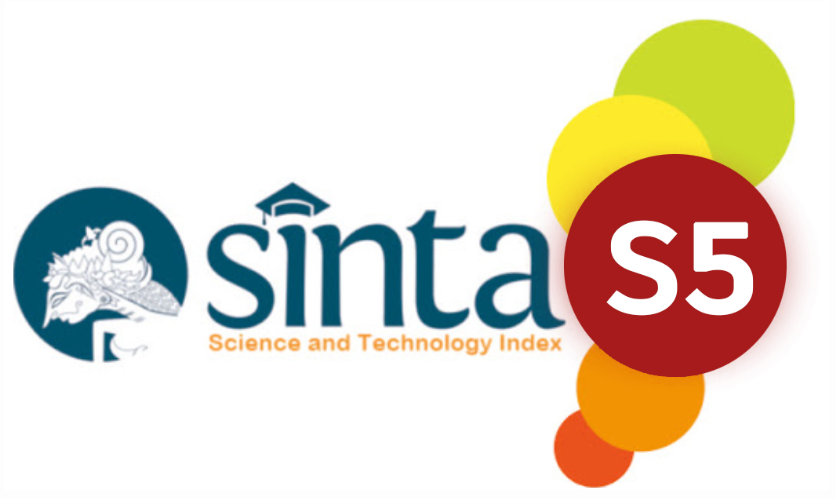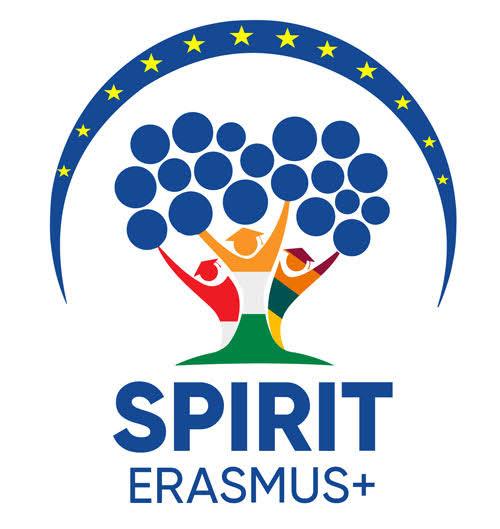High BMI leads to increased breast cancer risk in postmenopausal women
DOI:
https://doi.org/10.32734/sumej.v4i1.3735Keywords:
Obesity, BMI, Breast cancer, Menopause, Molecular subtypesAbstract
Obesity is a worldwide problem that has been steadily increasing even in developing countries. Obesity has been linked to various types of cancer, one of which is breast cancer. Breast cancer has been classified into various types based on gene and hormone receptor expressions, which offered new insights to therapies and prognoses. We conducted a case-control study using 42 breast cancer patients and 43 healthy women, all of which are older than 55 years of age and have experienced menopause, and for case subjects, additional immunohistochemistry profiles have been provided. Data were collected by interviews and medical records. For data analysis, we used Pearson’s Chi-Square test and Fisher’s Exact test. Results showed that high BMI is significantly associated with breast cancer, and risk is elevated (p < 0.05, OR = 1.263, 95% CI = 1.007-1.583). No significant association with molecular subtypes was observed.
Downloads
References
[2] Kementrian Kesehatan Republik Indonesia [Internet]. Hasil utama riskesdas 2018. Jakarta: Kementrian Kesehatan Republik Indonesia; 2018. p.67. Available from: http://www.kesmas.kemkes.go.id/assets/upload/dir_519d41d8cd98f00/files/Hasil-riskesdas-2018_1274.pdf
[3] R. Diana, I. Yuliana, G. Yasmin, and Hardinsyah. [Risk Factors of Overweight among Indonesian Women]. Jurnal Gizi dan Pangan 2013;8:1-8. Indonesian.
[4] K. Bhaskaran, I. Douglas, H. Forbes, I. dos-Santos-Silva, D. A. Leon, and L. Smeeth. Body-mass index and risk of 22 specific cancers : A population-based cohort study of 5.24 million UK adults. Lancet 2018;384:755–65.
[5] T. A. Hastert, S. A. A. Beresford, R. E. Patterson, A. R. Kristal, and E. White. Adherence to WCRF / AICR cancer prevention recommendations and risk of postmenopausal breast cancer. Cancer Epidemiol Biomarkers Prev 2013;22:1498–509.
[6] C. S. Vallejos, H. L. Gómez, W. R. Cruz, J. A. Pinto, R. R. Dyer, R. Velarde et al. Breast cancer classification according to immunohistochemistry markers : Subtypes and association with clinicopathologic variables in a Peruvian hospital database. Clin Breast Cancer 2010;10:294–300.
[7] A. A. Onitilo, J. M. Engel, R. T. Greenlee, and B. N. Mukesh. Breast cancer aubtypes based on ER / PR and Her2 expression: comparison of clinopathologic features and survival. Clin Med Res. 2009;7:4–13.
[8] Z. Cheraghi, J. Poorolajal, T. Hashem, N. Esmailnasab, and A. D. Irani. Effect of body mass index on breast cancer during premenopausal and postmenopausal periods : A meta-analysis. PLoS One 2012;7:1–9.
[9] I. L. Maria, A. A. Sainal, and M. Nyorong. Risiko gaya hidup terhadap kejadian kanker payudara pada wanita. Jurnal MKMI 2017;13:157–66.
[10] H. Li, X. Sun, E. Miller, Q. Wang, P. Tao, L. Liu et al. BMI , reproductive factors , and breast cancer molecular subtypes : a case-control study and meta-analysis. Journal of Epidemiology 2017;27:869-82.
[11] M. Harvie, A. Howel, R. A. Vierkant, N. Kumar, J. R. Cerhan, L. E. Kelemen et al. Association of gain and loss of weight before and after menopause with risk of postmenopausal breast cancer in the iowa women’ s health study. Cancer Epidemiol Biomarkers Prev 2005;14:656-61.
[12] A. I. Phipps, R. T. Chlebowski, R. Prentice, A. McTiernan, M. L. Stefanick, J. Wactawski-Wende et al. Body size , physical activity , and risk of triple-negative and rstrogen receptor – positive breast cancer. Cancer Epidemiol Biomarkers Prev 2011;20:8–11.
[13] F. P. Turkoz, M. Solak, I. Petekkaya, O. Keskin, N. Kertmen, F. Sarici et al. Association between common risk factors and molecular subtypes in breast cancer patients. The Breast 2013;22:344–50.
[14] M. Pierobon and C. L. Frankenfeld. Obesity as a risk factor for triple-negative breast cancers: A systematic review and meta-analysis. Breast Cancer Res Treat 2013;137:307–14.
[15] L. E. Mccullough, S. M. Eng, P. T. Bradshaw, and R. J. Cleveland. Fat or fit : The joint effects of physical activity, weight gain, and body size on breast cancer risk. Cancer 2012;118:4861-68.
[16] M. J. Emaus, C. H. van Gils, M. F. Bakker, C. N. S. Bisschop, E. M. Monninkhof, H. B. Bueno-de-Mesquita et al. Weight change in middle adulthood and breast cancer risk in the EPIC-PANACEA study. Int J Cancer 2014;135:2887–99.
[17] M. Kawai, Y. Minami, S. Kuriyama, M. Kakizaki, Y. Kakugawa, Y. Nishino et al. Adiposity, adult weight change and breast cancer risk in postmenopausal Japanese women : The Miyagi Cohort Study. Br J Cancer 2010;103:1443–7.
[18] G. Fantuzzi. Adipose tissue, adipokines and inflammation. J Allergy Clin Immunol 2005;115:911–9.
[19] A. M. Lorincz and S. Sukumar. Molecular links between obesity and breast cancer. Endocr Relat Cancer 2006;13:279–92.
[20] T. Jardé, F. Caldefie-Chezét, M. Damez, F. Mishellany, F. Penault-Llorca, J. Guillot et al. Leptin and leptin receptor involvement in cancer development : A study on human primary breast carcinoma. Oncol Rep 2008;19:905–11.
[21] A. L. Strong, J. F. Ohlstein, B. A. Biagas, L. V. Rhodes, D. T. Pei, H. A. Tucker et al. Leptin produced by obese adipose stromal / stem cells enhances proliferation and metastasis of estrogen receptor positive breast cancers. Breast Cancer Res 2015;17:1–16.
[22] K. J. Nkhata, A. Ray, T. F. Schuster, M. E. Grossmann, and M. P. Cleary. Effects of adiponectin and leptin co-treatment on human breast cancer cell growth. Oncol Rep 2009;21:1611–19.
[23] L. Baglietto, D. R. English, J. L. Hopper, R. J. MacInnis, H. A. Morris, W. D. Tilley et al. Circulating steroid hormone concentrations in postmenopausal women in relation to body size and composition. Breast Cancer Res Treat 2009;115:171–9.
[24] Endogenous Hormones and Breast Cancer Collaborative Group. Circulating sex hormones and breast cancer risk factors in postmenopausal women : reanalysis of 13 studies. Br J Cancer 2011;105:709–22.
[25] K. A. Brown and E. R. Simpson. Obesity and breast cancer: Mechanisms and therapeutic implications. Front Biosci (Elite Ed) 2012;4:2515–24.
Downloads
Published
How to Cite
Issue
Section
License
Copyright (c) 2021 Sumatera Medical Journal

This work is licensed under a Creative Commons Attribution-NonCommercial-NoDerivatives 4.0 International License.
The Authors submitting a manuscript do so on the understanding that if accepted for publication, copyright of the article shall be assigned to Sumatera Medical Journal (SUMEJ) and Faculty of Medicine as well as TALENTA Publisher Universitas Sumatera Utara as publisher of the journal.
Copyright encompasses exclusive rights to reproduce and deliver the article in all form and media. The reproduction of any part of this journal, its storage in databases and its transmission by any form or media, will be allowed only with a written permission from Sumatera Medical Journal (SUMEJ).
The Copyright Transfer Form can be downloaded here.
The copyright form should be signed originally and sent to the Editorial Office in the form of original mail or scanned document.











